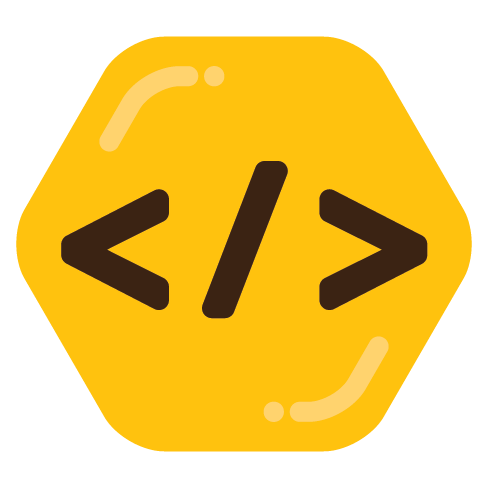

While I have heard of people doing this a decade, I have never looked into it.
How was the install and setup process? How is the resource consumption of the server? At one point it seemed one had to supply their own quests. Are there open source quests available? Anything cool I didn’t ask about?


Great to know. I don’t know if 106% of CPU is good or bad, but it is not what I had anticipated. Thank you!